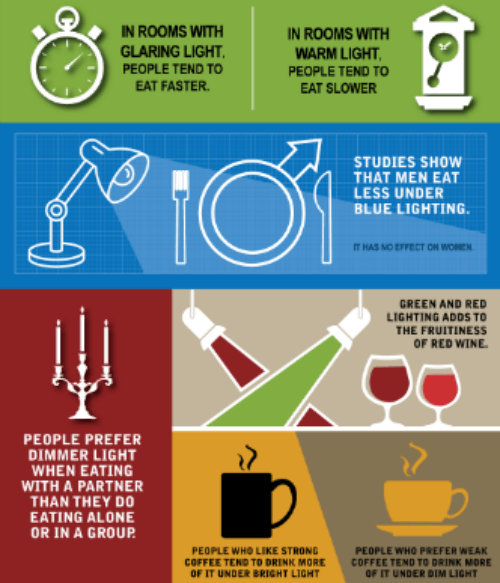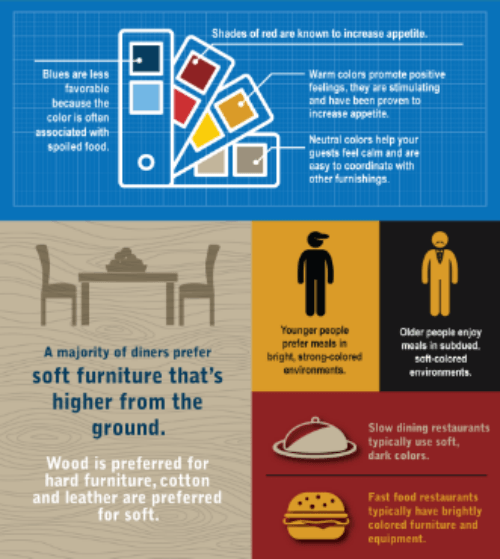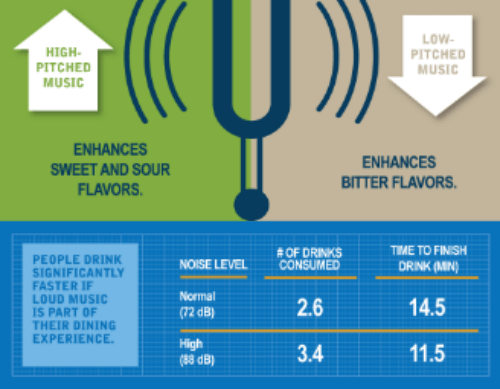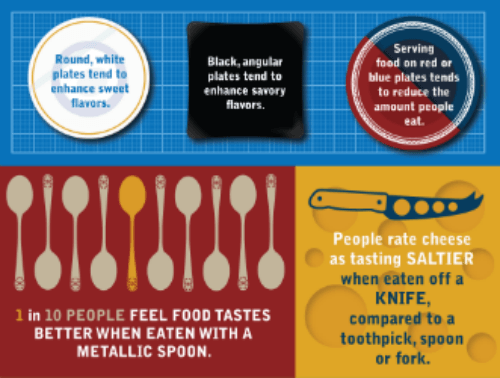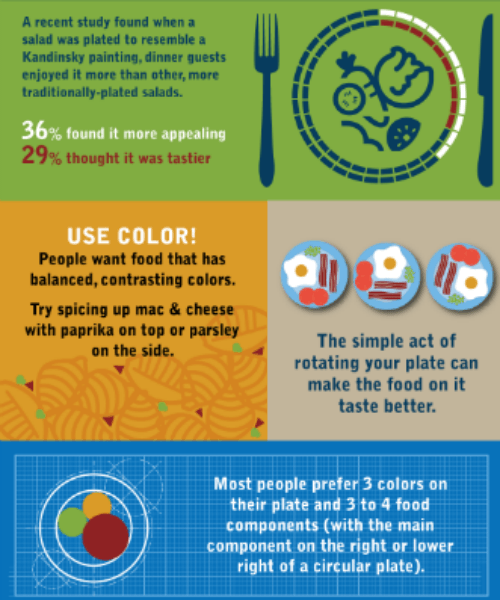The Science Behind Hosting The Tastiest Dining Experience
It may surprise you to learn that it's not only the quality of the ingredients on your plate and the skills of the chef that affect every meal you eat. Environmental factors, such as lighting, noise, the color of the plate, and the type of furniture you're sitting on, will all affect how your food tastes, and how much you enjoy your meal. Dining is a truly multi-sensory experience.
Scientific research has informed chefs and restaurateurs on the best ways to serve their guests. Restaurant design, menu planning, and service style is all affected by this research, which explains how the environment alters every single dining experience, from our rushed weekday breakfasts, to lunch at our desks, to an intimate date night, to celebratory birthday parties. Here, we reveal the most interesting findings from these studies, which you can use to you advantage when entertaining at home.
Click here to learn how to be a better host.
The lighting in a dining room affects how the food looks, and, consequently, how it tastes. For a relaxed dinner party, where guests take their time, and don't feel rushed, dim the lights down low. If you skimped on the wine, and want to make it taste fruitier, the lights can be your solution — adding a hint of red or green to the lighting will make the wine taste sweeter, and will give it more body.
The environment we're eating in will also alter our enjoyment of the meal. As well as low lighting levels, eating in a room decorated with warm, calm colors will relax the guests and increase their appetite. Hungry guests are good people to have at your dinner party.
You also need to make sure that you're putting enough thought into the background music you play. Simply putting on your favorite album of the moment may not be the best way to enhance your meal: Eating is more of a multi-sensory experience than you think, and the sounds that you hear will affect how the food tastes.
It's not surprising that what kinds of dishes our food is served on and what flatware we eat with affects how we perceive the food. We can tell this simply through our preference of eating from ceramic plates to paper ones. Moving on from this, you should know that the color of the plate will change how savory or sweet the food tastes — a cunning way to enhance the flavor in your dish.
Well-plated, visually appealing food will always taste better than its inelegantly served counterpart. Using as many colors as you can in a dish will make for a more enjoyable meal, and, if you're feeling like your plating skills are up to a challenge, plating a dish to resemble a Kadinsky painting will make the food you've cooked even tastier. It's almost hard to believe that this is science and not pure magic.
You can see the original graphic and read the studies behind this information here.

